Rollover accidents with passenger vehicles can be devastating and result in severe injuries to one or more vehicles and even fatalities. Despite being a small percentage of all vehicle accidents, they account for a significant portion of traffic-related deaths. This article will explore the causes deadly rollover crashes, types passenger vehicles, injuries, and preventative measures related to how many fatal rollover accidents and single vehicle accidents there are. Additionally, we'll discuss what to do after a rollover accident and some legal considerations.
Common Causes of Rollover Accidents
Rollover accidents can be caused by various factors, including vehicle type, the posted speed limit used, alcohol and drugs, location, and road conditions, and driver behavior. Vehicles with a higher center of gravity, such as some SUVs and pickup trucks, pickup trucks, and vans, are more prone to fatal rollovers. Excessive speed, driving under the influence, and aggressive or distracted driving can also contribute to fatal rollover accidents. Additionally, fatal rollovers also are more likely to occur on rural roads with higher speed limits and fewer traffic control devices.
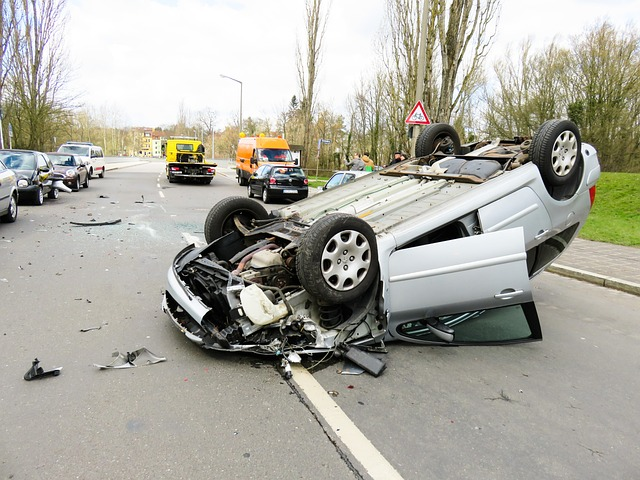
Rollover Accident Statistics
According to the National Highway Traffic Safety Administration (NHTSA), the vehicle rollover accidents account for only 2.1% of all crashes but deadly car rollover crashes and car rollover fatalities are responsible for roughly 35% of all passenger vehicle fatalities. In 2019, more than 7,600 people were killed in vehicle rollover accidents in the United States.
Types of Rollover Accidents
Rollover accidents can be classified into two main categories: a a tripped rollover occurs and untripped rollovers happen. Tripped rollovers occur when a vehicle encounters an object or uneven terrain that causes it to roll over, such as hitting a curb or driving onto a soft shoulder.. Untripped rollovers, rollovers occur but are less common than tripped rollovers and occur without the involvement of an external object or terrain, typically resulting from extreme maneuvering, such as swerving to avoid an obstacle or overcorrecting after drifting out of a lane.
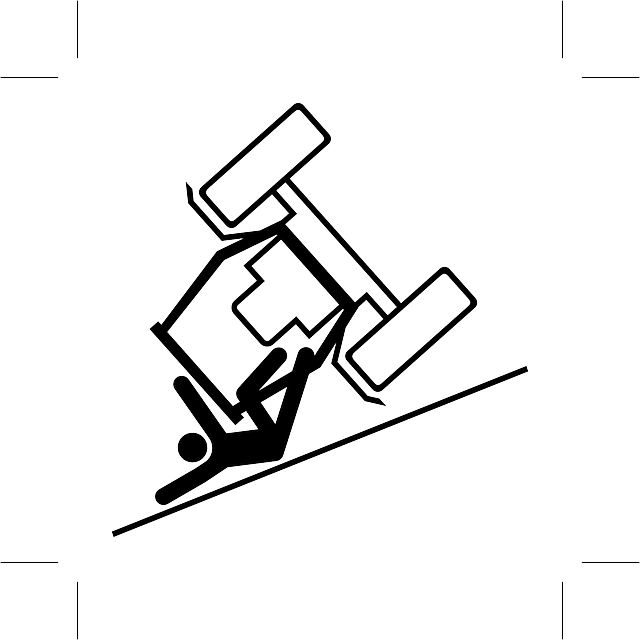
Rollover Accident Injuries
Injuries sustained in both car accidents and rollover crashes, accidents result from accident and rollover accidents result can be severe and life-threatening. Some common injuries include head and neck injuries, spinal cord injuries, broken bones, and internal injuries. The force of a rollover crash can cause traumatic brain injuries, concussions, or whiplash, as well as compression, fracture, or dislocation of the spinal cord injury or vertebrae. Broken bones and damage to internal organs are also common in rollover accidents.
How to Prevent Rollover Accidents
While not all rollover accidents occur or can be prevented, there are steps you can take to minimize your or increase rollover risk. Regularly inspect and maintain your vehicle, paying special attention to tire pressure and tread. Drive at a safe top speed limit and avoid making sudden, sharp turns or abrupt lane changes. Additionally, when purchasing a new vehicle, consider its rollover risk and look for features such as electronic stability control, which can help prevent loss of control and rollover accidents.
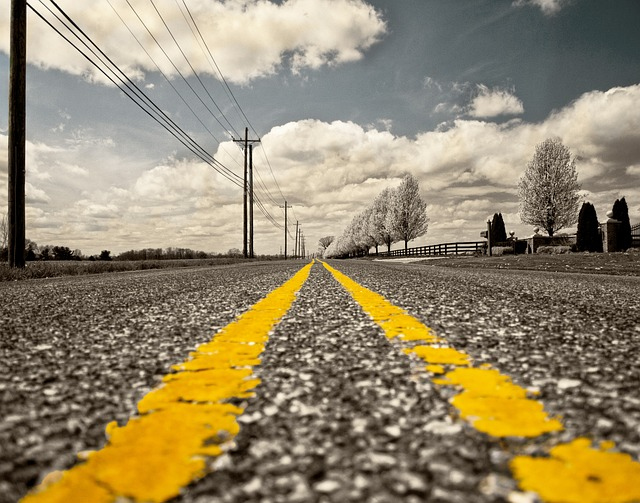
What to Do After a Rollover Accident
If you're a vehicle involved in a one car rollover accident, take the following steps: check for injuries and call for medical help if needed, call the police to report the one car rollover accident, document the accident scene with photos and gather information from witnesses, contact your insurance company to report the incident, and consult with an attorney if you've sustained injuries or property damage.
Legal Considerations in Rollover Accidents
In some cases, these rollover crashes and accidents may involve legal claims, such as product liability (if a vehicle manufacturer's design or manufacturing defect contributed to the rollover crash or accident caused by vehicle manufacturer) or negligence (if another driver's actions led to the rollover crash car accident attorney by). An experienced attorney can help you navigate these complex issues and seek compensation for your injuries and losses.
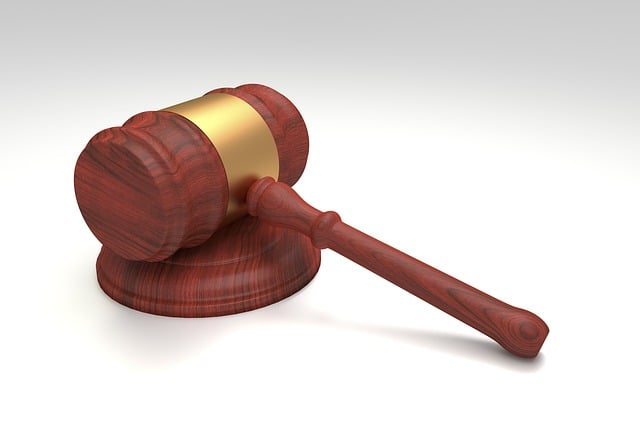
Conclusion
Rollover car accidents are are a serious and potentially life-threatening event. By understanding the common causes of car rolls, types serious injuries, and injuries associated with these car rollover accidents well, you can take steps to prevent them and know what to do if you're involved in one.
Frequently Asked Questions

What are the most common causes of rollover accidents? Common causes most rollovers can include vehicle type, excessive speed, driving under the influence of alcohol or drugs, location and road conditions, and driver behavior.
Are some vehicles more prone to rollovers than others? Yes, vehicles with a higher center of gravity, such passenger cars such as SUVs, pickup trucks, and vans, are more susceptible to rollovers than passenger cars.
What types of injuries are common in rollover accidents? Some common injuries in single vehicle car rollover accidents can include head and neck injuries, spinal cord injuries, broken bones, and internal injuries.
What can I do to prevent a rollover accident? To minimize your risk, maintain your vehicle, drive at safe speeds, avoid making sudden turns or lane changes, and choose a vehicle with rollover prevention features.
What should I do if I'm involved in a rollover accident? Check for injuries, call for medical help if needed, report the accident to the police, document the scene, contact your insurance company, and consult with an attorney if needed.
The Role of Seatbelts in Rollover Accidents
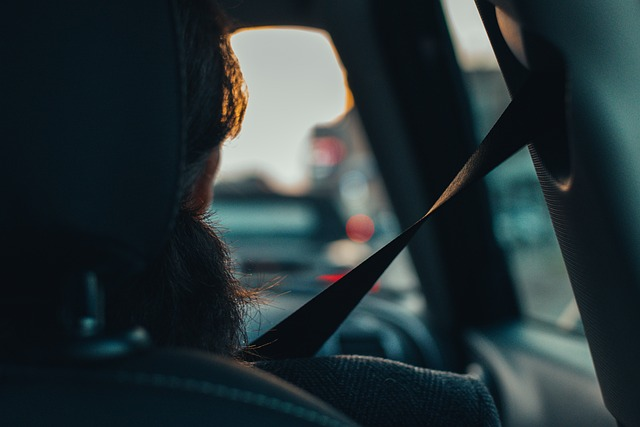
Seatbelts, seat belts can play a crucial role in protecting a vehicle's center occupants during a rollover accident. They help to keep passengers securely in their seats, reducing the vehicle's weight and risk of being ejected from the vehicle. Ejection from a vehicle during a rollover crash significantly increases the likelihood of severe injuries or fatalities. Therefore, it's essential to wear your seatbelt at all times while driving or riding in a vehicle.
The Impact of Rollover Accidents on Vehicle Design and Safety Standards
Rollover accidents have prompted automobile manufacturers and safety regulators to implement design improvements and safety standards aimed at less vehicle rolls and reducing the risk of these accidents. Vehicle stability most rollovers has been improved through the introduction of electronic stability control systems, which help drivers maintain control of their vehicle in adverse conditions or during sudden maneuvers. In addition motor vehicle and highway safety, roof strength standards have been established to minimize the risk of roof crush injuries during rollovers.
The Emotional Aftermath of Rollover Accidents
Surviving a traumatic brain injury from a single vehicle crashes or a rollover car accident, can have long-lasting emotional effects on both the driver and passengers. Post-traumatic stress disorder (PTSD), anxiety, and depression are common psychological outcomes of surviving a severe one car rollover accident alone. It's essential to seek professional help and support from friends and family to cope with the emotional aftermath of a rollover motor vehicle accident.
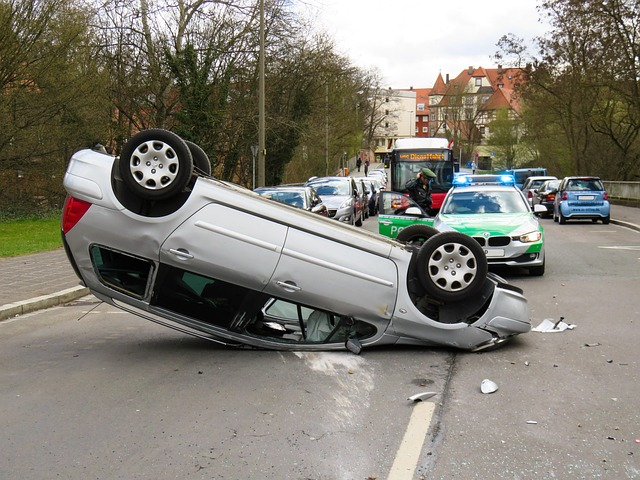
Rollover Accident Reconstruction and Investigation
In cases where the cause of a rollover car accident is unclear or disputed, accident reconstruction experts can be called upon to analyze the crash scene and determine the factors that led to the rollover car accident itself. These experts use various methods, including analyzing tire marks, other ejected from the vehicle, side damage, and road conditions, to recreate the sequence of events that occurred before, during, and after the two rollover car accidents. This information can be crucial in legal proceedings or insurance claims related to the accident.
The Cost of Rollover Accidents
Rollover crashes and accidents can result in substantial financial costs for those involved, including medical expenses catastrophic injuries, lost wages, property damage, and other expenses related to the accident. Additionally, many rollover crashes and accidents have broader societal costs, such as increased insurance premiums, emergency response expenses, and the economic impact of lost productivity.
In conclusion, rollover accidents are complex events with severe consequences for those involved and accident victims. Understanding the various aspects of these accidents, from their causes to the impact on highway safety and vehicle design, can help drivers take steps to see other vehicles, reduce their speed limit, their risk and navigate the aftermath of a rollover accident.
Tire Safety and Rollover Accidents
Tire safety plays a significant role in preventing rollover accidents. Worn or damaged tires can compromise a vehicle's stability and handling, increasing the likelihood of a rollover. To maintain tire safety when single vehicle rollovers only, drivers should regularly inspect their tires for signs of wear or damage, ensure proper inflation, and replace tires when needed. Proper tire maintenance can help reduce the risk of a rollover accident and improve overall vehicle safety.
Rollover Accident Risk Factors for Young and Inexperienced Drivers
Young and inexperienced drivers are at a higher risk of being involved in a rollover accident due to several factors. These drivers may be more prone to reckless or distracted driving behaviors, such as speeding and aggressive lane changes, which can contribute to rollovers. Additionally, inexperienced drivers may be less skilled at handling adverse road conditions or avoiding obstacles, increasing the likelihood of a rollover accident. It's essential for young drivers to receive proper education and training to develop safe driving habits and reduce their risk of rollover accidents.
The Role of Road Design and Maintenance in Rollover Accidents
Road design and maintenance can significantly impact the risk of rollover accidents. Poorly designed roads, including those with sharp curves or steep inclines, can contribute to rollovers. Additionally, inadequate road maintenance, such as unaddressed potholes or debris, can cause drivers to lose control of their vehicle and result in a rollover accident. Road authorities must prioritize designing and maintaining safe roadways to minimize the risk of rollover accidents.
Rollover Accident Awareness and Education
Raising awareness and educating drivers about rollover accidents and their potential consequences can help reduce the number of these accidents. Public awareness campaigns, driver education courses, and community programs can all play a role in teaching drivers about the causes of rollover accidents and how to prevent them. Increased education and awareness about rollover crashes can lead to safer driving behaviors and ultimately reduce the risk of more rollover crashes, fatalities and accidents on the road.

The Future of Rollover Accident Prevention Technology
As automotive technology advances, new features and systems are being developed to help prevent rollover accidents. Advanced driver assistance systems (ADAS), such as lane departure warning systems and autonomous emergency braking, can help prevent situations that may lead to rollover accidents. Additionally, researchers are working on innovative technologies, such as predictive vehicle control systems that can analyze the road ahead and adjust the vehicle's handling to prevent rollovers. These advancements have the potential to significantly reduce the number of rollover accidents in the future.
In conclusion, rollover accidents are multifaceted events with far-reaching consequences. Understanding the various aspects of these accidents, from tire safety to driver error to the role of road design, can help drivers take steps to reduce their risk and better navigate the aftermath of a rollover accident. As technology continues to advance, there is hope for a future with fewer rollover accidents and safer roads for everyone.
Child Safety in Rollover Accidents
Ensuring child safety in a vehicle tips the event of a rollover accident is of utmost importance. Children are particularly vulnerable to injury in any type of vehicle crash, and rollover accidents can be especially dangerous. To keep children safe, it's crucial to use appropriate car seats or booster seats based on the child's age, weight, and height. Additionally, children under 13 years old should always ride in the back seat of a vehicle, as this is the safest position in case of an accident.
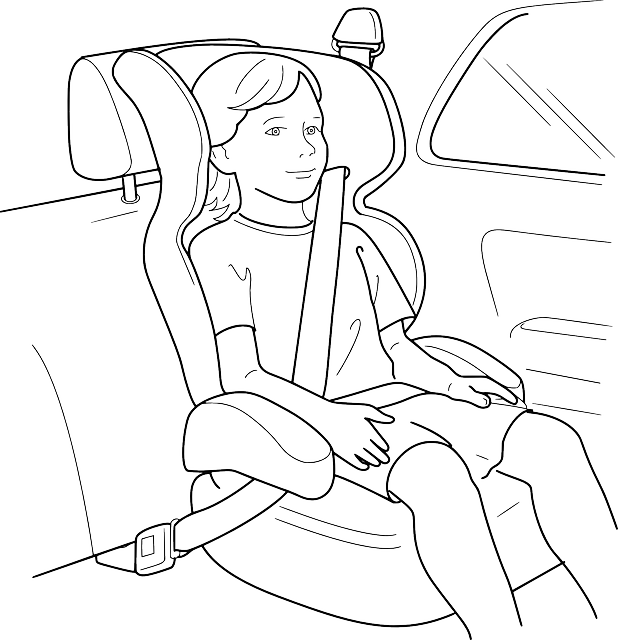
Vehicle Modifications and Rollover Accident Risk
Some vehicle modifications can increase the risk of rollover accidents. For example, lifting a vehicle to install larger tires or adding a heavy rooftop cargo carrier can raise the vehicle's center of gravity, making it more prone to rollovers. Vehicle owners should be cautious about making modifications that can affect their or other vehicle it's stability and handling, and always consult with a professional to ensure the modifications are safe and compliant with local regulations.
Weather Conditions and Rollover Accidents
Adverse weather conditions can contribute to rollover accidents. Rain, snow, ice, and fog can create slippery roads and reduce visibility, making it more challenging for drivers to maintain control of their vehicles. In such conditions, it's essential to drive at a slower speed, increase the following distance between vehicles, and be prepared for unexpected obstacles or changes in the road surface. By taking these precautions, drivers can reduce the likelihood of a rollover accident in adverse weather conditions.
The Psychological Impact of Rollover Accidents on Witnesses
Witnessing a rollover accident can have a significant psychological impact on bystanders. The shock and distress of seeing a severe crash can lead to anxiety, depression, or even PTSD, similar to the survivors of the rollover accident caused by itself. It's important for witnesses of rollover accidents to seek support from friends, family, or professional counselors to help process the traumatic event and cope with any lingering emotional effects.
The Role of First Responders in Rollover Accidents
First responders play a critical role in managing the aftermath of rollover accidents. Police officers, firefighters, and emergency medical personnel work together to secure the accident scene, extricate trapped victims, provide medical care, and investigate the cause of the accident. Their quick and efficient response is essential to saving lives and minimizing the long-term impact of rollover accidents.
In conclusion, rollover accidents are complex events with wide-ranging consequences and numerous contributing factors. By understanding the various aspects of these accidents, from child safety to driver error to the role of first responders, drivers can take steps to reduce their risk and be better prepared to handle the aftermath of a rollover accident. As society continues to prioritize road safety and invest in technological advancements, there is hope for a future with fewer rollover accidents and safer roads for all.

